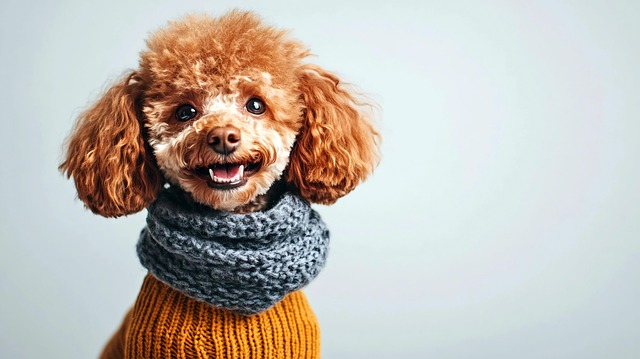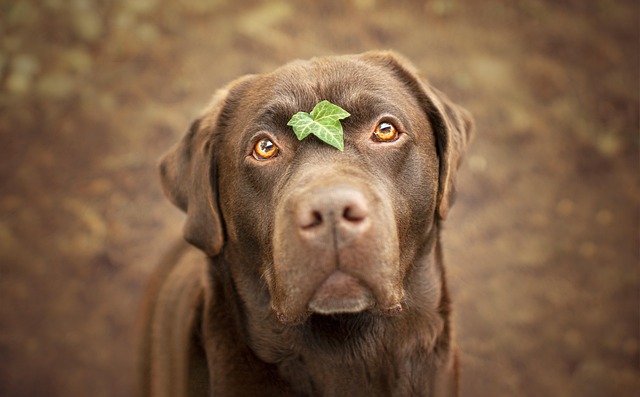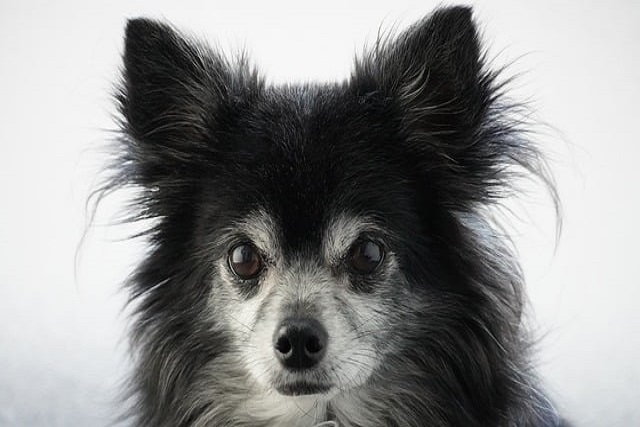
How do I make my dog poop in a specific spot?
If you’ve ever chased your dog around the yard trying to get them to go potty in one place, you know how frustrating inconsistent habits can be.
Labradors are smart, eager-to-please pups, but their boundless energy can turn into chewed cushions or jumping guests if home training isn’t consistent. The best tips don’t just teach obedience—they fit into daily life and align with local rules, like keeping your dog under control in shared spaces. Start with small, frequent sessions; Labs have short attention spans, so 10-minute drills after breakfast or dinner work better than long, tiring ones.
The first key tip is mastering “calm greetings.” Labs love to jump on people to show excitement, but this can scare visitors or violate leash-free space rules in some apartments. When someone knocks, ask your Lab to “sit” before opening the door. Reward them with a tiny treat (like a piece of carrot or training biscuit) if they stay seated. Do this every time, and soon they’ll learn that calm behavior gets them attention—no jumping needed. This also helps if you take them to dog-friendly cafes, where good manners are required by most establishments.
 Second, focus on “boundary training” to keep your Lab safe and compliant. Many areas have laws about dogs staying off furniture or out of certain rooms (like kitchens, where food safety is a concern). Use a gentle “off” command when they step on the couch, and guide them to their bed. Place their bed near where you sit so they still feel included. For example, if you’re watching TV, pat their bed and say “go to bed”—reward them when they lie down. This teaches them where they’re allowed, avoiding conflicts with local health or housing rules.
Second, focus on “boundary training” to keep your Lab safe and compliant. Many areas have laws about dogs staying off furniture or out of certain rooms (like kitchens, where food safety is a concern). Use a gentle “off” command when they step on the couch, and guide them to their bed. Place their bed near where you sit so they still feel included. For example, if you’re watching TV, pat their bed and say “go to bed”—reward them when they lie down. This teaches them where they’re allowed, avoiding conflicts with local health or housing rules.
Third, teach “recall” using positive reinforcement—critical for off-leash parks where most regions require dogs to come when called. Start in a quiet room: call your Lab’s name followed by “come,” and when they run to you, praise them and give a treat. Gradually move to busier spaces, like your backyard, adding small distractions (like a toy on the grass). Never punish them if they take time to come—this makes them afraid to respond. Recall isn’t just a trick; it’s a safety rule that keeps your Lab from running into streets or disturbing neighbors.
Consistency is the glue that makes these tips work. Everyone in your home should use the same commands and rewards—if one person lets the Lab jump while another doesn’t, they’ll get confused. Also, check local training resources: many cities offer low-cost puppy classes that reinforce these skills, and some even require basic obedience training for dogs over a certain age. Following these rules keeps your community happy and your Lab well-behaved.
Home training a Labrador is about building trust, not just discipline. By focusing on calm greetings, boundary training, and recall, you’ll raise a dog that fits seamlessly into your life—and follows local laws. With patience and regular practice, your Lab will turn those energetic bursts into obedient, loving behavior that makes every day together better.

If you’ve ever chased your dog around the yard trying to get them to go potty in one place, you know how frustrating inconsistent habits can be.

Giant Poodles sit near the top of the list for intelligent dog breeds, and that smarts makes them quick to pick up on training cues—if you approach it the right way.

Chihuahuas are tiny but mighty, and their small bladders mean accidents inside can happen more often than with larger breeds. Start by sticking to a strict schedule—take them out first thing in the morning, right after meals, and before bed.

Many Labrador owners find themselves frustrated when their fluffy pups don’t pick up commands as quickly as expected.

Witnessing your dog display aggression is deeply concerning, and the immediate question of what you can "give" them to make it stop is a natural one.

That moment your dog's hackles rise and a low growl rumbles from their throat at the sight of another canine can turn a pleasant walk into a stressful ordeal.